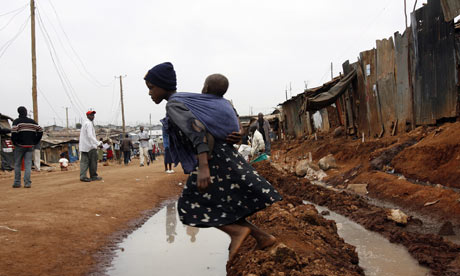At least 75 people are dead and thousands are trapped under rubble after a strong earthquake shook western Indonesia, officials say.Buildings, including at least two hospitals, were brought down by the 7.6 magnitude quake, centred about 50km (30 miles) off the coast of Sumatra. Officials say the death toll is expected to rise. It comes hours after a tsunami from a separate quake killed more than 100 people in the South Pacific. A tsunami watch issued by the Pacific Tsunami Warning Center in the wake of the Indonesian quake has been lifted.
BBC NEWS | World | Asia-Pacific | Dozens dead in Indonesian quake













































